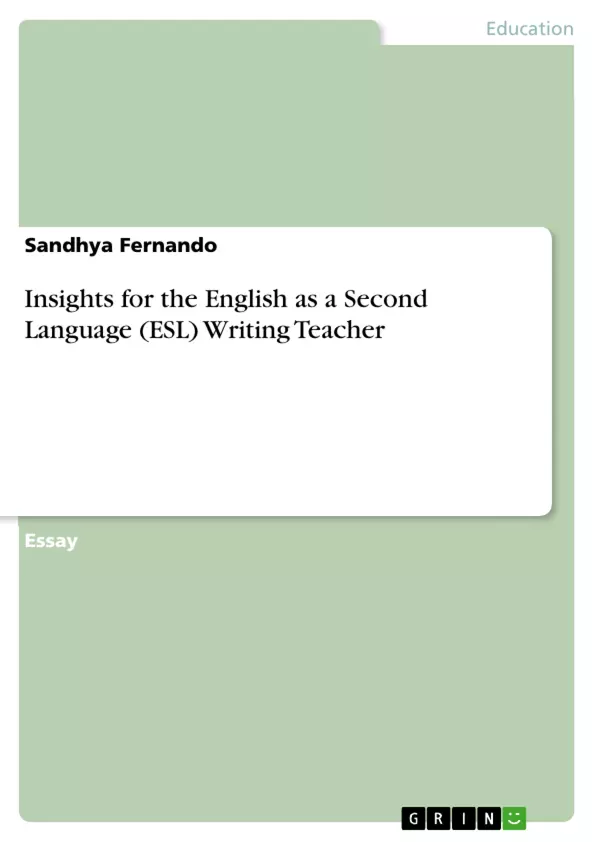What are the main themes discussed in this document?
The document primarily discusses the challenges faced by ESL writing learners and proposes effective strategies for ESL writing instruction. Key themes include difficulties in ESL writing (grammatical issues, vocabulary limitations, idea generation), the role of time constraints and feedback, effective teaching strategies (guided writing, portfolio writing, peer feedback), the importance of learner autonomy, and the process of writing as a series of activities.


